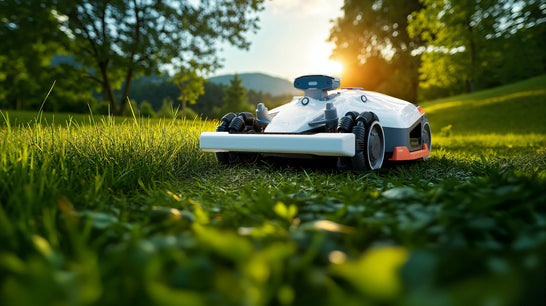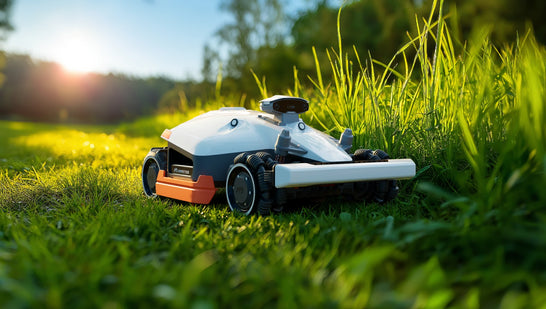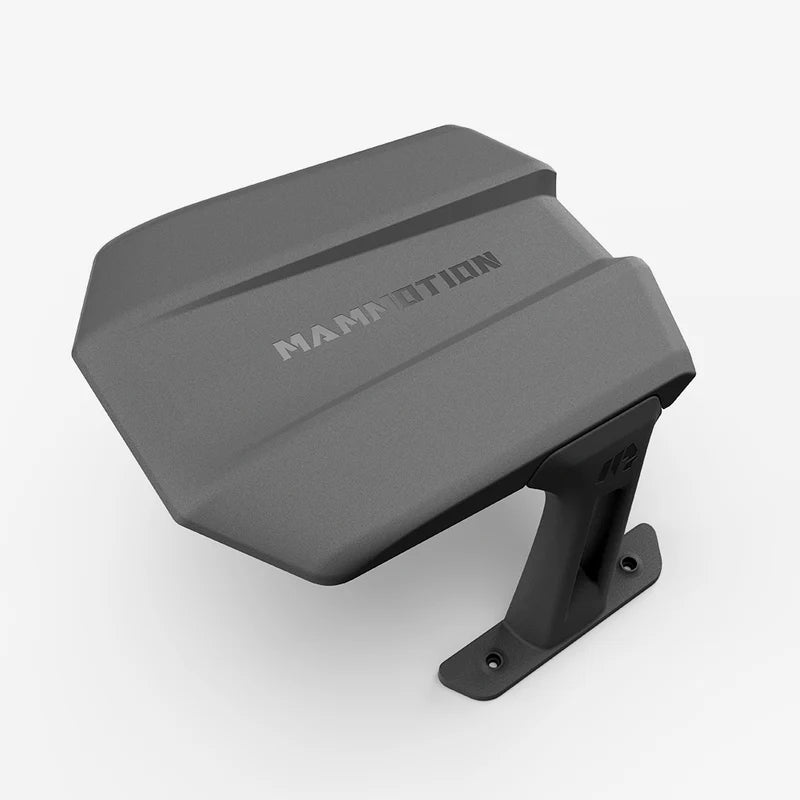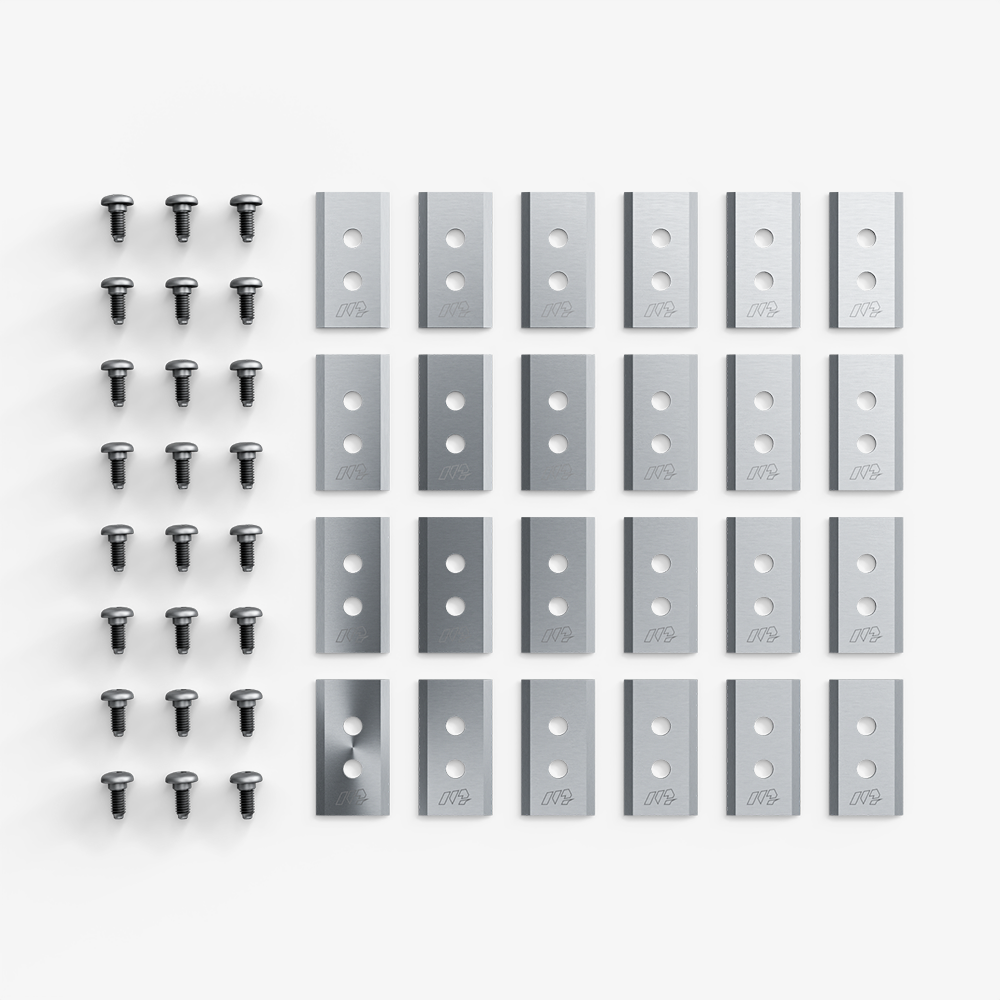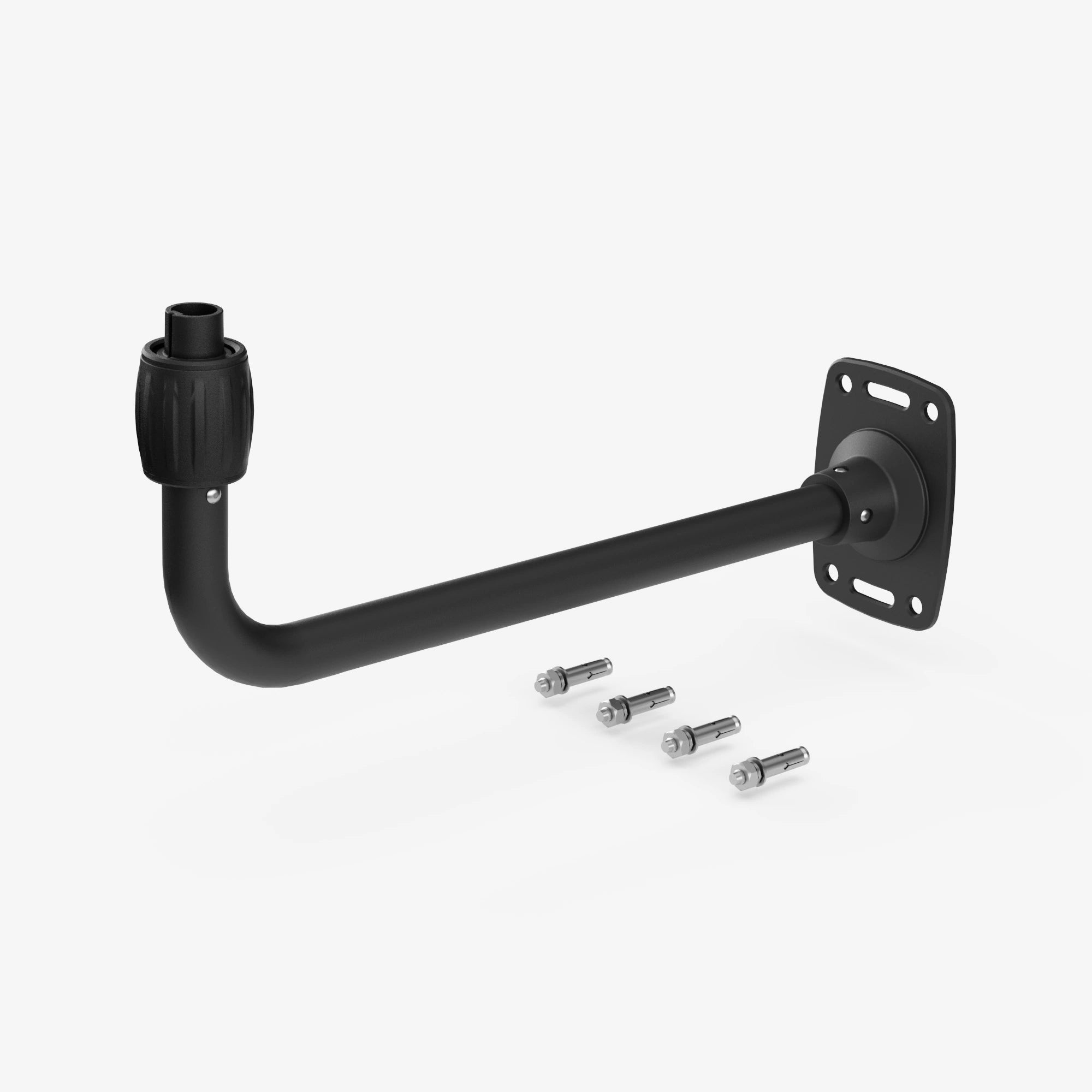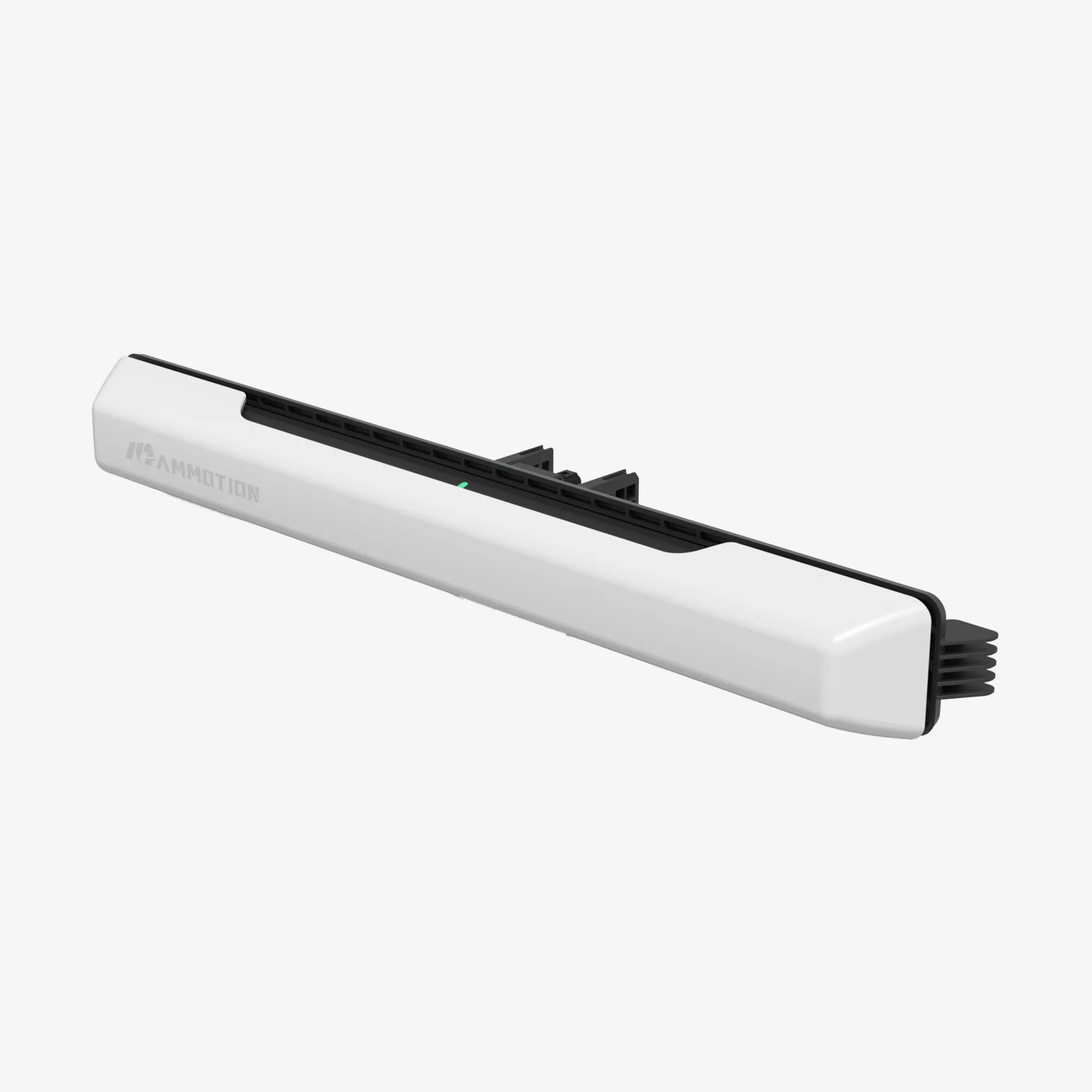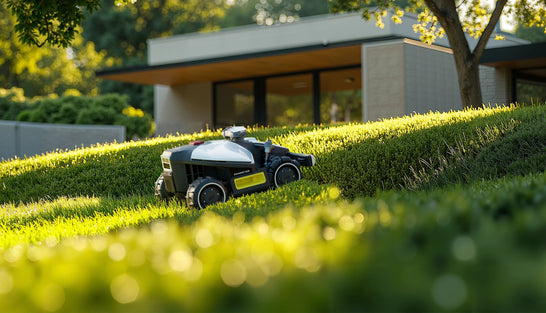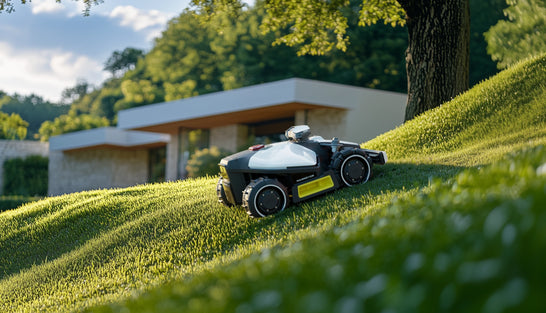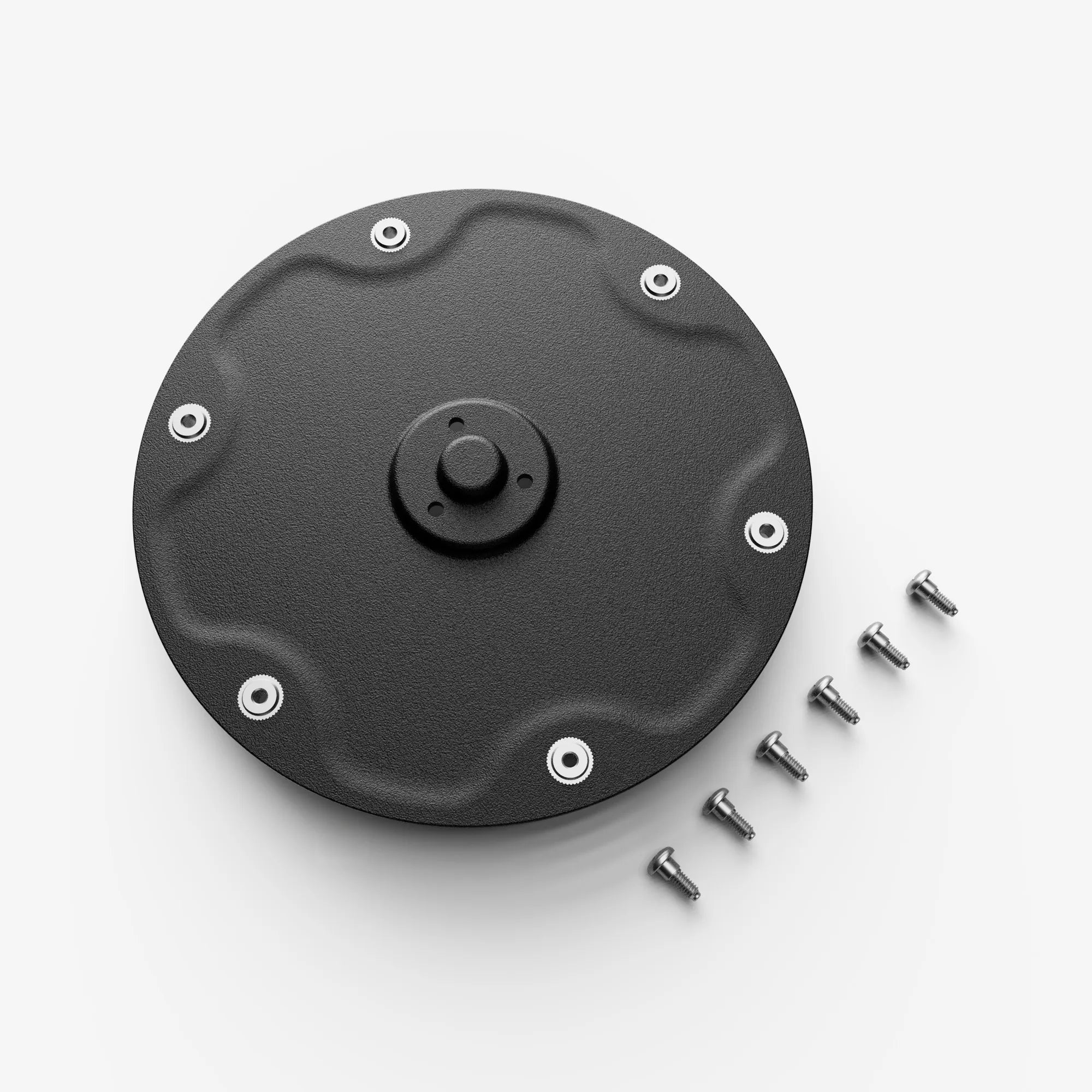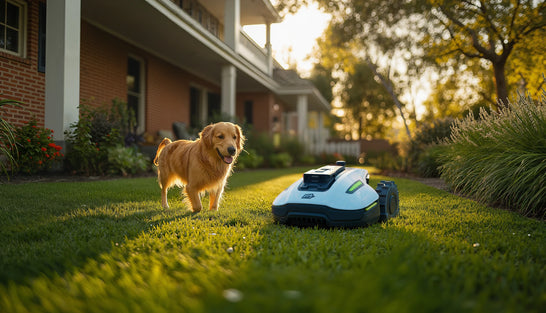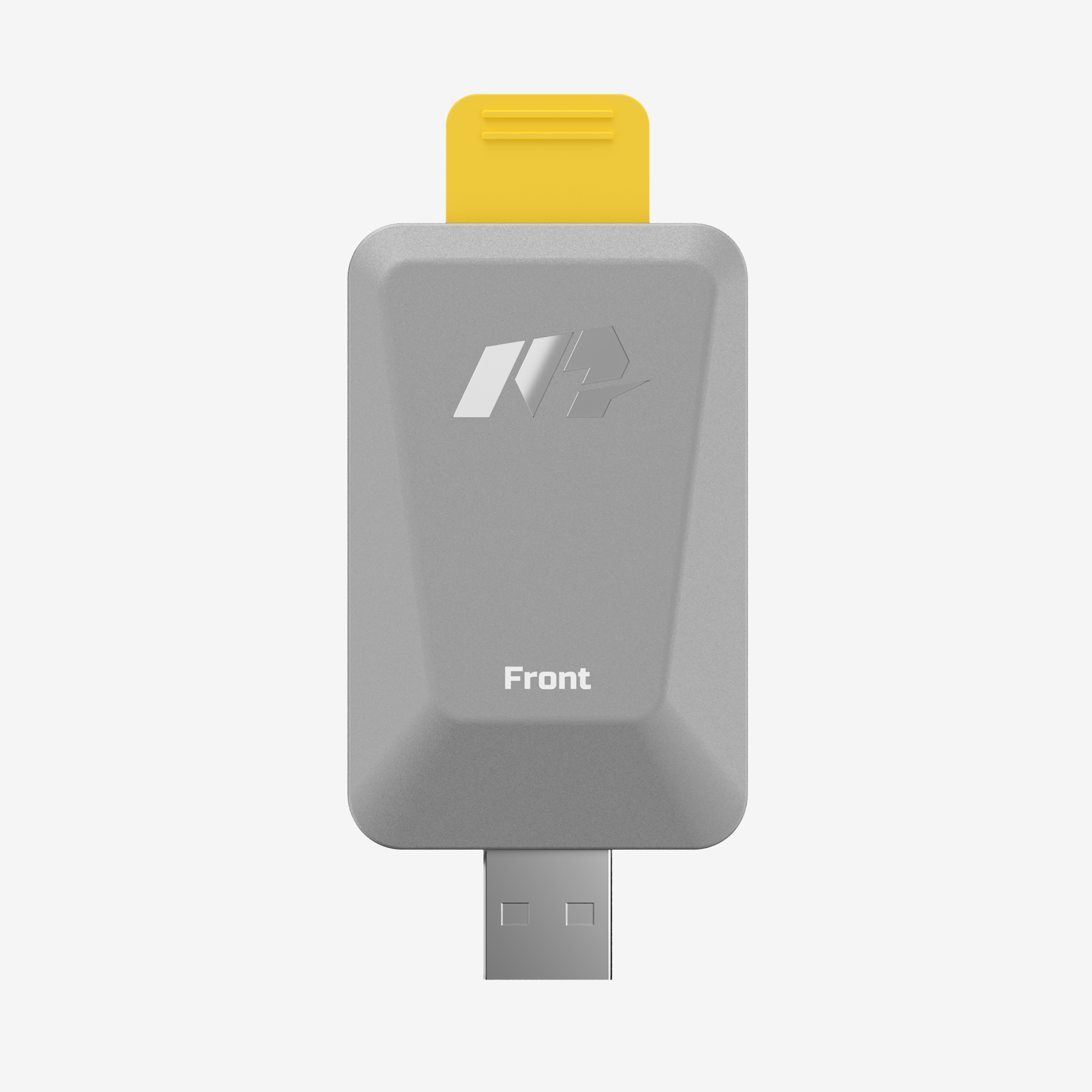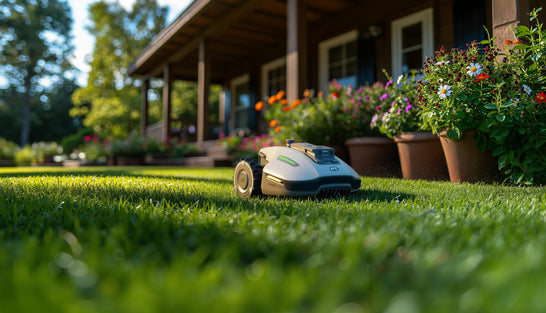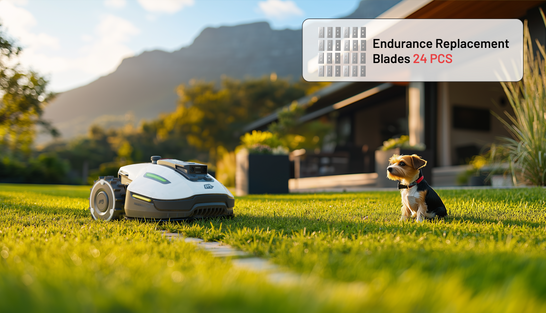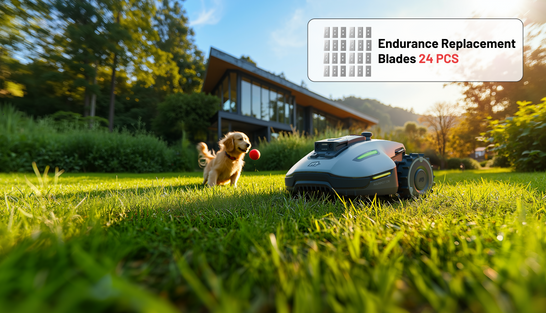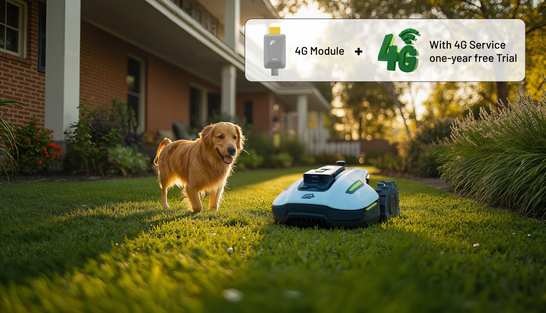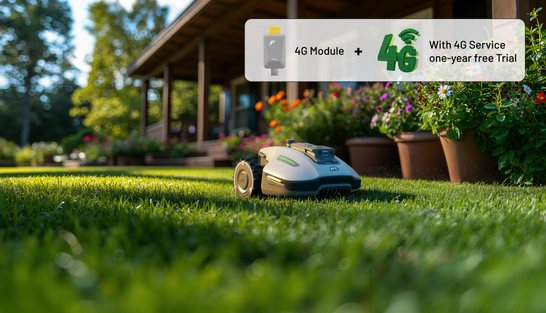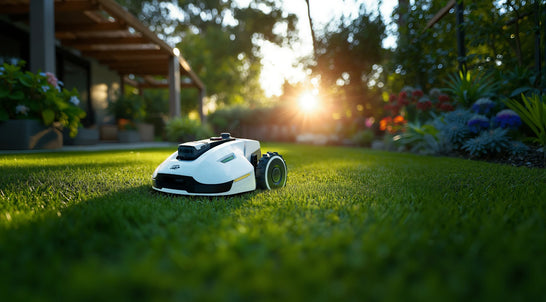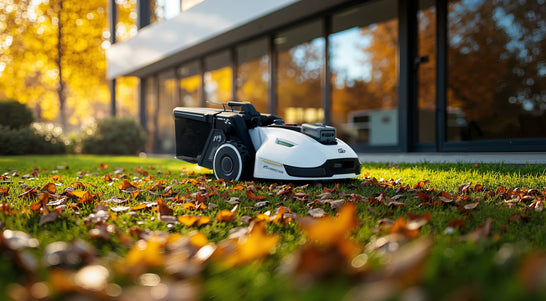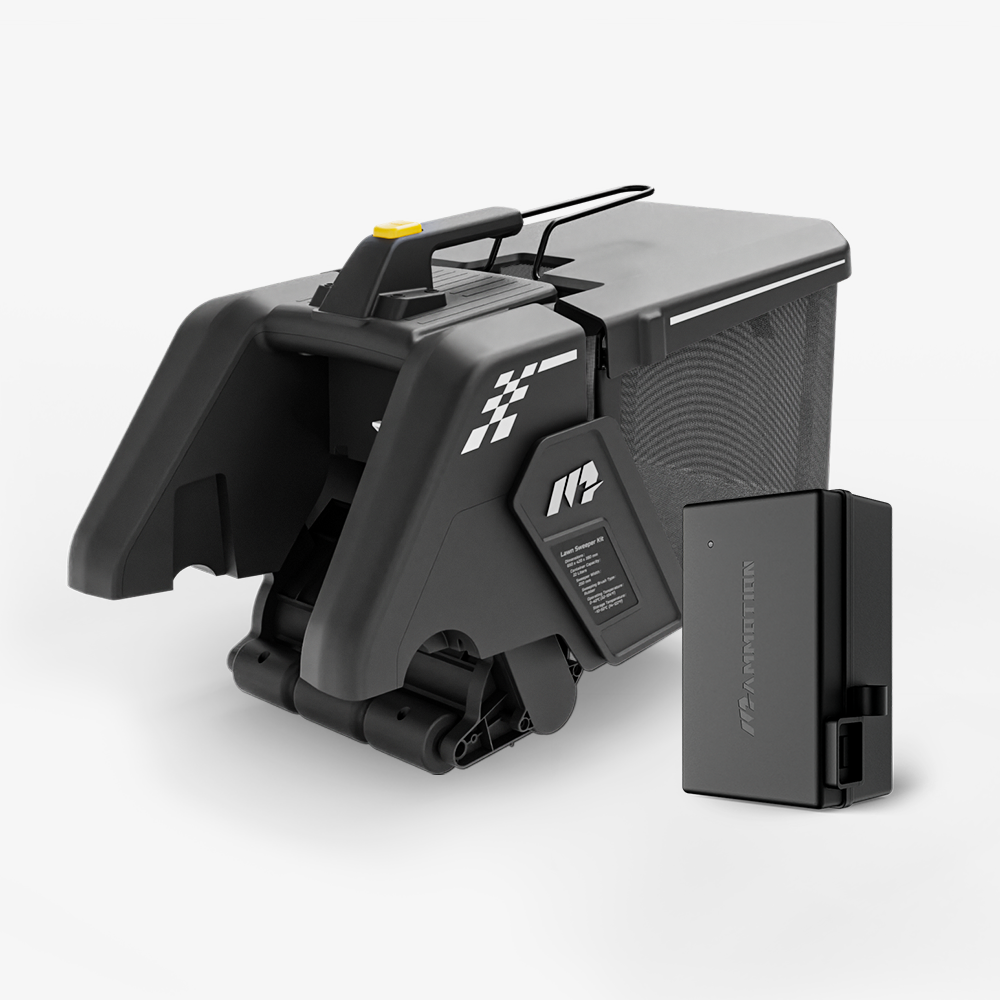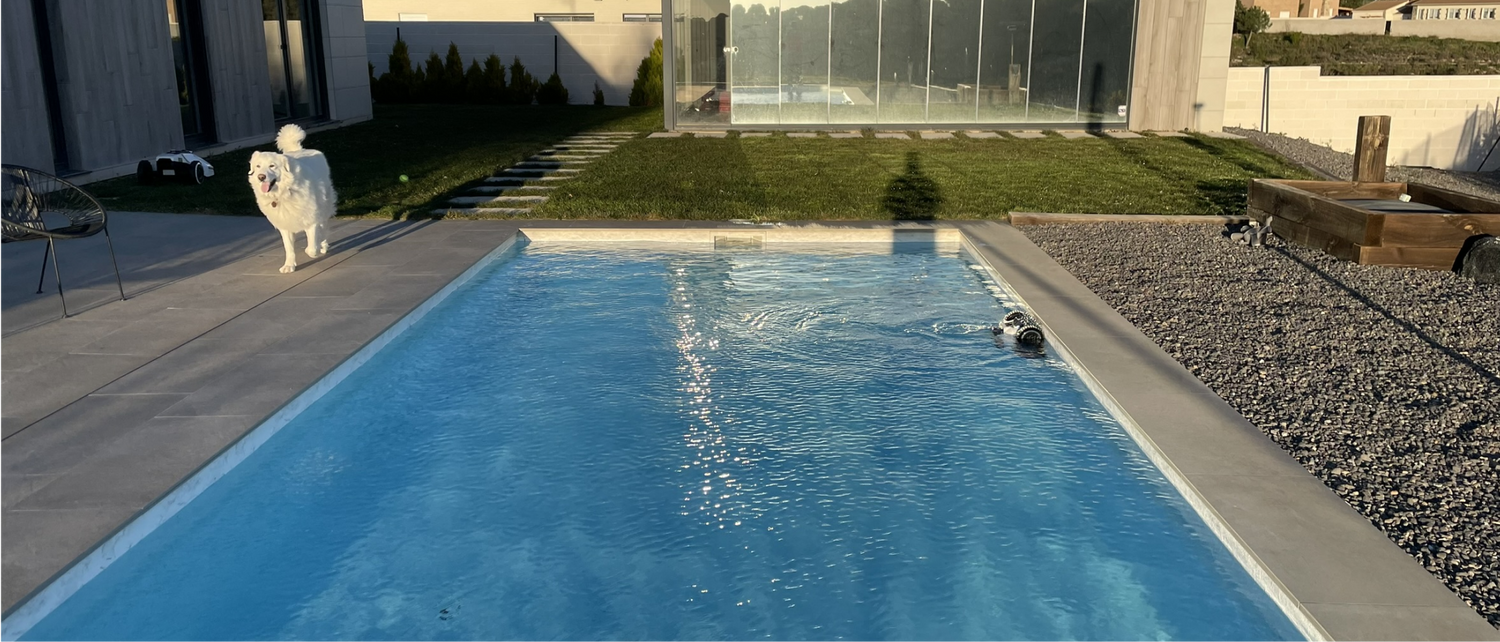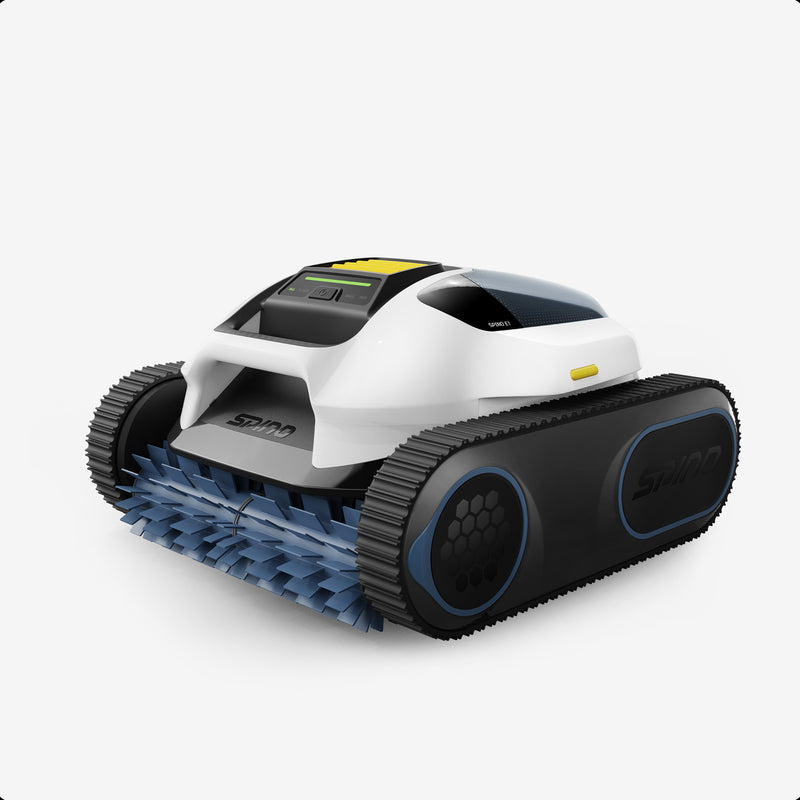If you own a pool, you already know one thing: cleaning it is a chore. There are plenty of pool cleaners on the market—manual, suction-side, pressure-side, and robotic—and every brand claims theirs is the best. The truth? There’s no single “best” pool cleaner for everyone. The right choice depends on your pool size, the type of debris you deal with, your budget, and how much time you actually want to spend on maintenance.
In this guide, I’ll cut through the sales hype and give you a clear, no-nonsense comparison of the main types of pool cleaners. By the end, you’ll know exactly which type will keep your pool clean with the least effort and the best value for your situation.
What Is a Pool Cleaner?
A pool cleaner is exactly what it sounds like: a device that removes dirt, leaves, and other debris from your swimming pool so you don’t have to do it all by hand.
There are four main categories:
- Manual pool cleaners – You attach a vacuum head to a telescopic pole and physically push it around the pool. Cheap, but time-consuming.
- Suction-side cleaners – These hook into your pool’s skimmer or dedicated suction line. They use your pool pump’s suction to move around and vacuum debris into your filter system.
- Pressure-side cleaners – These connect to a return jet (or a booster pump) and use water pressure to move, collecting debris into their own bag instead of your pool filter.
- Robotic pool cleaners – These are plug-in, self-contained machines with their own motor, pump, and filter. They don’t rely on your pool’s pump system and can scrub the floor, walls, and even the waterline.
If you’ve been browsing online or walking through a pool supply store, you’ve probably noticed that robotic cleaners are getting most of the buzz right now. That’s because they’re fast, energy-efficient, and require almost no work from you. But they’re also the most expensive option.
In the next section, I’ll break down the pros and cons of each type so you can decide which one makes the most sense for your pool.
Comparing Pool Cleaner Types: Pros and Cons
Here’s the straight truth about the three main automatic options.
1. Suction-Side Pool Cleaners
How they work: Connect to your pool’s skimmer or suction port. Your pool pump powers them, and debris goes into your filter.
Pros:
- Lowest upfront cost of the three.
- Simple design, easy to repair.
- Good for fine dirt and sand.
Cons:
- Wear out your pump faster because they run off it.
- Not great with large leaves or heavy debris.
- Can clog your pool filter more quickly.
Best for: Small pools, light debris, tight budgets.

2. Pressure-Side Pool Cleaners
How they work: Connect to a return jet or booster pump. Water pressure pushes them around, and debris collects in an onboard bag.
Pros:
- Handle big leaves and twigs better than suction cleaners.
- Keep debris out of your pool filter.
Cons:
- Booster pump installation can be pricey.
- Higher energy use than robotic cleaners.
- Still need some manual cleaning in corners or steps.
Best for: Leafy backyards, pools near trees, or owners who want less filter cleaning.
3. Robotic Pool Cleaners
How they work: Plug into a power outlet, drop them in, and let them run on their own motor and pump. They scrub and vacuum everything into an internal filter.
Pros:
- Best cleaning coverage—floor, walls, waterline.
- Don’t use your pool pump, so they save energy.
- Fine and large debris removal in one go.
- Smart navigation and timers on better models.
Cons:
- Most expensive upfront.
- Require occasional filter cleaning and cord management.
Best for: People who want the cleanest pool with the least effort, and who see it as a long-term investment.

In the next section, we’ll match these cleaners to your situation so you’re not just buying what’s popular—you’re buying what actually works for you.
Which Type of Pool Cleaner Is Best for You?
Instead of asking “What’s the best pool cleaner?” the smarter question is “What’s the best pool cleaner for my pool?” Here’s the quick match-up:
- If you’re on a tight budget and deal mostly with fine dust or sand → A suction-side cleaner is the cheapest way to automate cleaning. Just be prepared to clean your filter more often and replace parts down the road.
- If your pool collects lots of leaves, acorns, or larger debris → A pressure-side cleaner will handle the heavy stuff without clogging your filter. It’s worth it if you have trees nearby.
- If you want the cleanest pool with almost zero effort → Go robotic. They cost more upfront, but they scrub, filter, and navigate on their own, and they’re the least work for you.
|
Pool Situation |
Best Type |
Why It Works Best |
Watch Out For |
|
Tight budget, light debris (dust, sand, small bugs) |
Suction-Side |
Cheapest to buy, simple design, good for fine dirt |
Clogs filter faster, wears pump more, weak on big leaves |
|
Lots of leaves, acorns, twigs |
Pressure-Side |
Great at handling large debris, keeps junk out of filter |
Needs booster pump, uses more energy, misses tight corners |
|
Want best cleaning with least effort |
Robotic |
Scrubs floor, walls, and waterline; fine + large debris removal; energy efficient |
Highest upfront cost, cord management needed |
Think about your pool size, debris type, and how much hands-on maintenance you’re willing to do. A $300 suction cleaner might be perfect for one pool, while another pool absolutely needs a $1,000 robotic model to stay swim-ready.
What Expert Reviews Say: Best Pool Cleaners to Recommend
You don’t have to take my word for it—here’s what respected reviewers and testing sites have found after running these cleaners through real-world use.
- Real Simple named the Dolphin Nautilus CC Plus the best overall robotic pool cleaner, praising its ability to scrub walls and floors while running quietly and efficiently.
- People.com highlighted the Polaris Vac-Sweep 280 as the top pressure-side cleaner, especially for leaf-heavy pools, noting it’s reliable and easy to maintain.
- Better Homes & Gardens recommended Hayward’s suction-side models for fine particles, saying they outperform similar budget options on sandy or dusty pool floors.
- PoolBOTS and Royal Pools & More both point to premium robots like the Dolphin Premier and Maytronics M600 for serious pool owners who want minimal maintenance and top-tier cleaning coverage.
The common theme?
- Suction-side models win on cost and simplicity.
- Pressure-side cleaners shine in debris-heavy environments.
- Robotic models dominate when convenience and cleaning quality are top priority.
What to Look For in a Pool Cleaner
Not all pool cleaners are built the same. Before you buy, here are the key features that actually matter—no fluff, just what impacts performance and ease of use:
1. Pool Compatibility
- Size: Make sure the cleaner can handle your pool’s dimensions. Some robotic cleaners are rated for pools up to 33 ft, others up to 50 ft+.
- Shape: Got tight corners or stairs? Look for a cleaner with smart navigation and wall-climbing ability.
- Surface Type: Some cleaners work better on vinyl, fiberglass, or concrete. Check the brush and wheel design.
2. Debris Handling
- Fine debris (dust, sand): Look for strong suction and fine mesh filters.
- Large debris (leaves, acorns, twigs): You need a model with a wide intake and either a pressure-side design or a large filter basket if robotic.
3. Cleaning Coverage
- Basic models clean just the pool floor.
- Mid-range models handle floor and walls.
- High-end models like Mammotion Spino E1 can scrub the floor, walls, and waterline—where grime really builds up.
4. Filtration System
- Robotic cleaners have internal filter cartridges or bags. Cartridges are easier to clean.
- Make sure the filters are easy to access and rinse out—nobody wants to fight with a dirty filter.
5. Navigation & Efficiency
- Basic cleaners move randomly and may miss spots.
- Smart robotic models use mapping technology to cover your pool efficiently and avoid overlap.
- Anti-tangle swivel cords or cordless models help avoid frustration.
6. Maintenance and Parts Availability
- Can you clean the filter easily?
- Are replacement parts (like brushes or wheels) available and affordable?
- Brands like Dolphin, Polaris, and Mammotion score well on serviceability.
7. Energy Use
- Robotic cleaners are the most energy-efficient since they don’t rely on your pool pump.
- Suction and pressure models increase your pump’s runtime and power draw.
8. Warranty and Support
- Don’t skip the warranty. A decent cleaner should have at least 2–3 years of coverage.
- Avoid no-name brands with weak support, even if the price looks good.
Real-World Use Cases: Which Pool Cleaner is Right for You
Still unsure which type of pool cleaner fits your lifestyle? Here’s how different types perform in everyday situations, based on real pool owners’ experiences:
1. “I just want something cheap that gets the job done.”
Solution: Go with a suction-side cleaner.
- Best for: small to medium pools, little to moderate debris.
- Real talk: You’ll save money up front, but expect more frequent filter cleanings and occasional hose tangles. Still way better than cleaning by hand.
- Example: Hayward PoolVac or Zodiac MX6.
2. “My backyard is a leaf nightmare. I’m constantly scooping.”
Solution: Get a pressure-side cleaner.
- Best for: pools surrounded by trees or exposed to wind.
- Why it works: These units are tough on big debris and have their own filter bag, so your main filter doesn’t clog up.
- Example: Polaris Vac-Sweep 280 with a booster pump.
3. “I don’t want to think about pool cleaning at all.”
Solution: Spend the extra for a robotic cleaner.
- Best for: anyone who values convenience and spotless results.
- These models scrub walls, filter micro-particles, and run on a schedule. You just plug them in, drop them in the pool, and walk away.
- Example: Dolphin Nautilus CC Plus, Spino E1, or Maytronics M600.
4. “We have a vacation rental—we need the pool clean, always.”
Solution: Robotic, hands down.
- Set it on a timer or use an app, and it cleans daily—even when no one’s around.
- Great for Airbnb or short-term rentals where pool appearance impacts reviews.
5. “We use the pool a lot, but I’m not very techy.”
Solution: A basic robotic cleaner or a good pressure-side model.
Skip the smart features and go for simple push-button operation or a reliable pressure unit that just works.
The bottom line:
- Light debris? Go suction.
- Big mess? Go pressure.
- Want total automation? Go robotic.
Conclusion: The Best Pool Cleaner Depends on You
Here’s the bottom line: There’s no one-size-fits-all answer. The best pool cleaner is the one that fits your pool, your debris load, your budget, and how much time you’re willing to spend maintaining it.
Final Recap:
- Go suction-side if you want a budget-friendly cleaner and don’t mind a little extra filter cleaning.
- Go pressure-side if your pool constantly fills up with leaves, sticks, or large debris.
- Go robotic if you want the best clean with the least effort — and you’re willing to invest up front.
Pool ownership is supposed to be enjoyable. The right cleaner helps you spend more time swimming and less time scrubbing.
Need Help Choosing?
Drop your questions in the comments — or reach out with your pool size, surface, and budget, and I’ll help you narrow it down.
Frequently Asked Questions
1. What’s the difference between suction, pressure, and robotic pool cleaners?
Suction cleaners use your pool pump’s suction and filter, pressure cleaners use the return/booster-pump pressure and a debris bag, and robotic cleaners are self-contained electric units with their own pump and filter.
- Suction-side cleaner: Hooks to a skimmer or vac port, powered by the pool’s filtration system.
- Pressure-side cleaner: Runs off the return line; some models need a booster pump (e.g., Polaris 280), others do not (e.g., Polaris 360).
- Robotic cleaner: Plugs into a low-voltage power supply, drives itself, and filters debris internally without using the pool’s pump.
2. What are the different types of pool cleaners?
The main categories are manual/handheld vacuums, automatic suction-side, pressure-side, and robotic cleaners, plus built-in in-floor systems on some pools.
- Manual/handheld (corded or cordless): Guided by hand; ideal for spot cleaning.
- Automatic suction-side / pressure-side / robotic: Classic automatic types.
- In-floor cleaning systems: Built-in jets plumbed to push debris to drains, common in new builds.
3. Do cordless pool vacuums really work?
Yes—cordless vacs (handheld or robotic) work well for small pools and spot cleaning, but may not replace a robust automatic cleaner for large, debris-heavy pools.
- Handheld cordless units: Effective for quick debris removal, limited runtime and cup size.
- Cordless robotic models: Clean floors/walls without cords, but battery life and navigation limits may apply.
Many pool owners combine automatic cleaners with cordless units for touch-ups.
4. What's the best type of pool cleaner?
For most homeowners, a robotic pool cleaner delivers the best overall cleaning, independence from your pool system, and fine filtration, though it costs more up front.
Robots don’t strain the pool’s filtration and scrub walls/waterline while filtering very fine debris internally.
Suction and pressure cleaners are effective and cheaper initially, but they rely on your pump/filter (pressure often needs a booster), which can add wear/energy use. (Inference based on their operating method plus booster-pump requirements.)
5. What type of pool vacuum do I need?
Match the cleaner to your pool and debris: robotic for set-and-forget deep cleaning and fine dirt, pressure-side for lots of large leaves, suction-side for low cost/light debris, handheld for quick spot jobs, and in-floor only if you’re building new.
Quick Chooser:
- Tons of leaves/acorns? Pressure-side with bag handles bulky debris well.
- Dust/fine silt & best overall clean? Robotic (self-contained filtration and scrubbing).
- Tight budget/simple needs? Suction-side is cheapest to buy.
- Fast touch-ups, spas, steps? Handheld/cordless.
- Designing a new high-end pool? Consider in-floor systems.
6. What is better, robotic or suction pool cleaner?
A robotic pool cleaner is usually better for performance and convenience, while suction is the budget-friendly choice that uses your existing pump and filter.
Here is why:
- Robots operate independently with internal filters and active brushes, so they clean more thoroughly and don’t load your filter.
- Suction cleaners are simple and inexpensive, but they depend on pump suction, can clog with larger debris, and route everything through your pool filter.
7. How to clear a very dirty pool?
Use a “SLAM”-style cleanup: remove debris, balance pH, raise and maintain chlorine at shock level while brushing/filtration run continuously, and vacuum to waste if the floor is loaded.
Step-by-step:
- Scoop and net all large debris so chemicals/filters can work.
- Check filter pressure; backwash/clean if it’s ~8–10 psi above clean pressure.
- Balance pH near ~7.2–7.5 (chlorine works best there). (Standard pool-care practice referenced in SLAM prep.)
- Raise Free Chlorine to shock level based on your CYA and maintain it (test and top up often) until water is clear, CC is low, and overnight loss is minimal.
- Brush daily (walls, steps, floor) and run the pump/filter continuously during the cleanup.
- If the floor is covered with muck/algae or you used floc, vacuum to WASTE so the gunk bypasses the filter (sand/DE multiports; turn pump off before changing valve, then back on to vacuum).
- Backwash/clean the filter as needed; keep going until the pool passes all SLAM exit criteria.
8. How often should I vacuum my pool?
Plan on vacuuming about once a week, plus after storms or whenever you see debris accumulation.
Because weekly vacuuming (manual or automatic cycles) helps keep fine dirt from feeding algae and prevents filter overload, bump frequency up during heavy leaf drop or high use.
9. How long do pool vacuums last?
Robotic pool cleaners: ~5–8+ years with maintenance. Suction/pressure pool cleaners: 5–8 years. Cordless handhelds: shorter due to batteries. High-end robot swimming pool cleaners can reach 8–10 years.
10. Should you run a pool pump while vacuuming?
Yes for manual and suction-side vacuuming (and run the booster for pressure-side), but no pump is needed for a robotic pool cleaner.
- Manual vacuuming: which is done through the skimmer/vac plate with the pump on to provide suction (turn it off only to change valve settings).
- Suction cleaners: they are powered by the pool’s filtration system, so the filter pump must run.
- Pressure-side cleaner: which units often require the filter pump plus a booster pump (model-dependent).
- Robotic cleaner: It is self-contained and does not use the pool pump at all.

